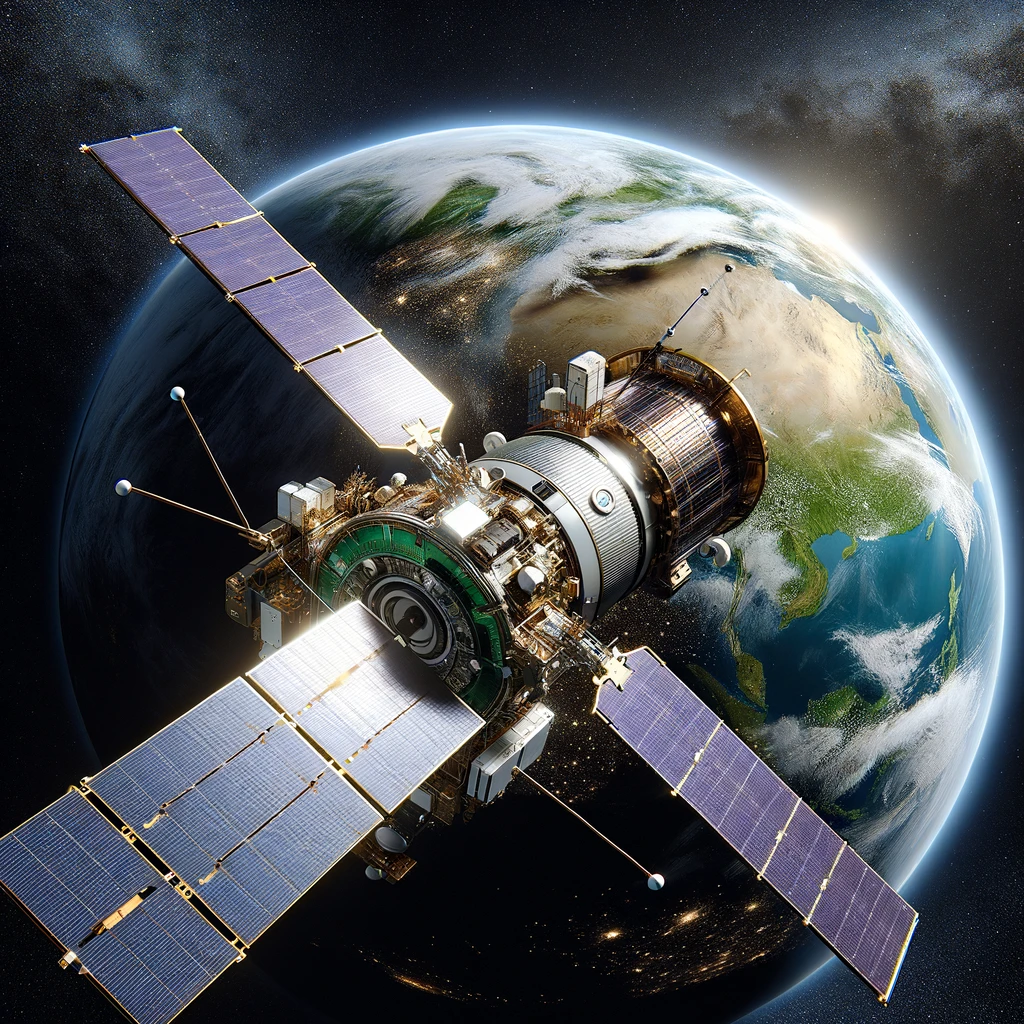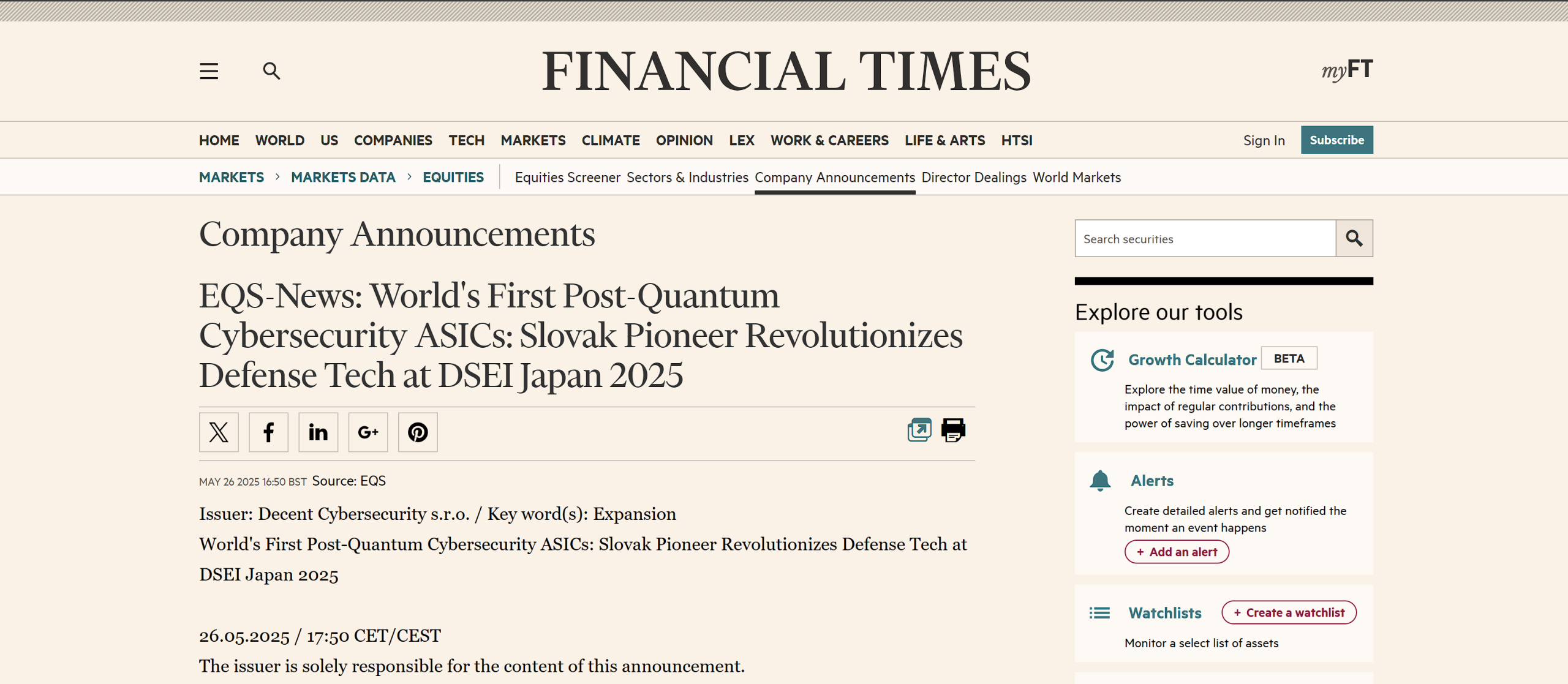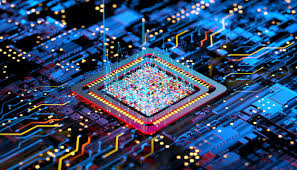The advent of software-defined satellites (SDS) marks a paradigm shift in space technology, offering unprecedented levels of flexibility, adaptability, and efficiency. As these advanced orbital assets become increasingly software-centric, securing their operations against cyber threats and ensuring the integrity of their mission-critical systems is paramount. Blockchain technology, with its inherent security features, offers a robust solution to these challenges. This article explores the transformative role of blockchain in enhancing the security, operational efficiency, and overall trustworthiness of software-defined satellites.
Introduction to Software-Defined Satellites
Software-defined satellites represent the next generation of space assets, distinguished by their ability to reconfigure and update their functionalities through software changes rather than physical modifications. This flexibility allows for dynamic adaptation to new missions, extended lifespans, and a rapid response to evolving market demands and technological advancements. However, the increased reliance on software systems also introduces new vulnerabilities, particularly in terms of cybersecurity.
Blockchain: A Security Backbone for SDS
Blockchain technology, best known for underpinning cryptocurrencies, is a distributed ledger technology that offers immutability, transparency, and security. Its potential in securing software-defined satellites is immense, given the need for robust protection against cyber threats and the requirement for a trustworthy and tamper-proof system of record-keeping.
Ensuring Immutability and Data Integrity
One of the critical features of blockchain is its immutability. Once data is recorded on a blockchain, it cannot be altered retroactively without consensus from the network. For software-defined satellites, this means that operational data, software updates, and communication logs can be stored in a manner that is secure from tampering or unauthorized alterations, ensuring the integrity of the satellites’ operations.
Decentralization and Resilience
Blockchain operates on a decentralized network, distributing data across multiple nodes. This architecture enhances the resilience of software-defined satellite systems against single points of failure and targeted cyber-attacks. In case of an attack on one node, the system can rely on other nodes to maintain operations, significantly reducing the risk of system-wide failures.
Secure Software Updates
Software-defined satellites require regular updates to their onboard software. Blockchain can secure this update process by ensuring that only authenticated and verified updates are implemented. Smart contracts, self-executing contracts with the terms of the agreement directly written into code, can automate and secure the update process, ensuring that satellites operate with the latest and most secure software.
Transparent and Trustworthy Operations
Blockchain’s transparency ensures that all transactions and data exchanges are visible and verifiable by authorized stakeholders, fostering trust in the satellite’s operations. This is particularly crucial for missions involving multiple international stakeholders or public services, where maintaining operational transparency is essential for credibility and trust.
Challenges and Considerations
While the integration of blockchain into software-defined satellites presents numerous advantages, it also poses challenges. These include the computational and storage limitations of satellites, the need for a robust and scalable blockchain infrastructure in space, and ensuring the compatibility of blockchain operations with the unique conditions of space.
Conclusion
Integrating blockchain technology into software-defined satellites presents a forward-looking approach to securing and optimizing space operations. By leveraging blockchain’s immutability, security, and transparency, stakeholders can significantly enhance the resilience, efficiency, and trustworthiness of these advanced orbital assets. As the space industry continues to evolve, embracing these innovative technologies will be key to unlocking the full potential of software-defined satellites and ensuring a secure and prosperous future in space.







